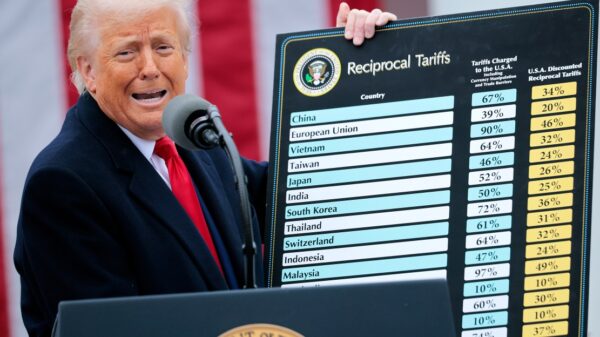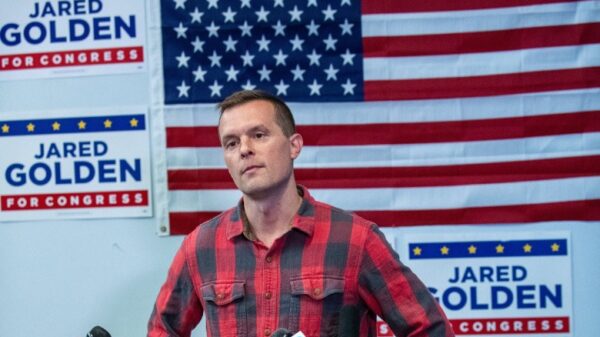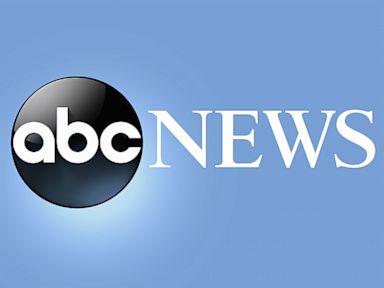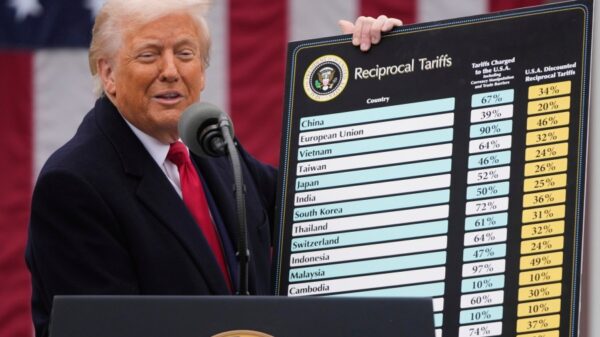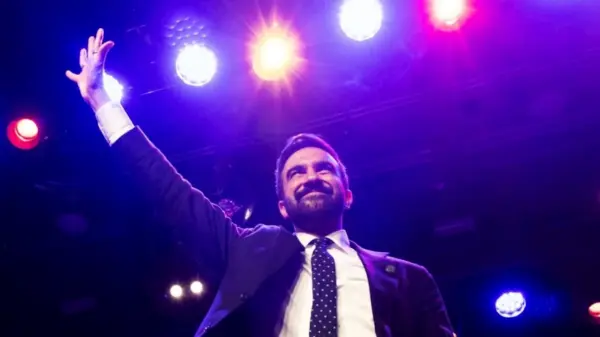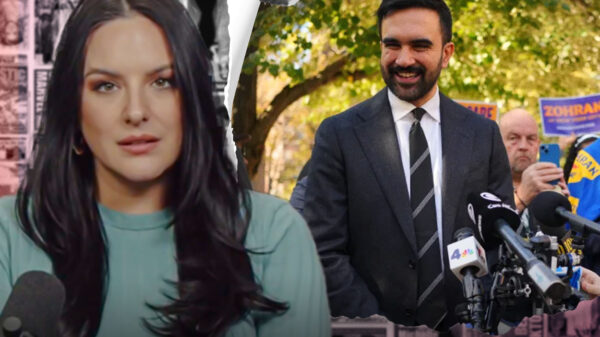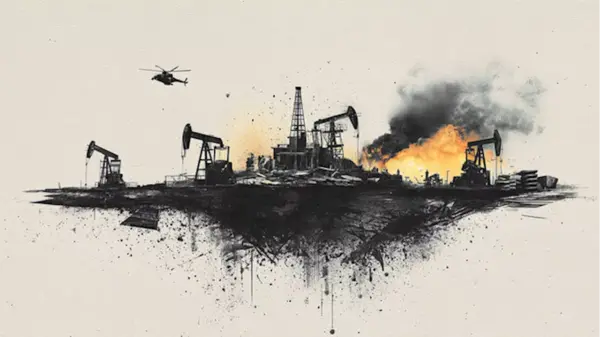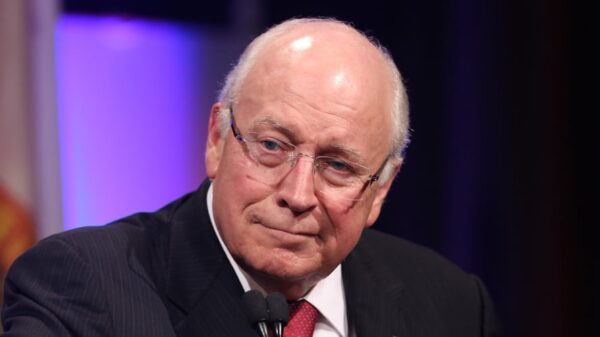Conservative members of the Supreme Court expressed skepticism on September 27, 2023, regarding the legality of President Donald Trump’s unilateral tariffs during ongoing arguments that could redefine executive power in the United States. This case represents a critical examination of the authority that the president claims under emergency situations, a cornerstone of Trump’s broader economic agenda.
The justices’ questions challenged the rationale behind the tariffs, particularly focusing on the 1977 emergency powers law that Trump invoked. Lower courts have already ruled that this law does not grant the president unlimited powers to impose or modify import duties. The Constitution explicitly assigns the authority to levy tariffs to Congress, raising questions about the administration’s argument that emergency circumstances expand the president’s regulatory abilities.
Legal and Economic Implications
During the proceedings, Justice Amy Coney Barrett probed the government’s stance, asking, “Has there ever been another instance in which a statute has used that language to confer the power?” Similarly, Justice Neil Gorsuch questioned whether endorsing Trump’s tariffs would effectively transfer congressional powers to the executive branch.
Trump has labeled this case as one of the most significant in American history, asserting that a ruling against him would have catastrophic implications for the economy. Opponents of the tariffs argue that the emergency law utilized by Trump does not explicitly mention tariffs and that no previous president has leveraged it to impose such duties. They contend that uncertainty surrounding these tariffs is pushing small businesses to the brink of bankruptcy.
The case revolves around two sets of tariffs imposed by Trump. The first set was introduced in February on imports from Canada, China, and Mexico, following a national emergency declaration related to drug trafficking. The second set, characterized as “reciprocal” tariffs, was announced in April and affects a broader array of countries.
Challenges and Future Outcomes
Multiple lawsuits against these tariffs have been filed, including cases from Democratic-leaning states and small businesses. Lower courts have largely deemed Trump’s use of emergency powers as illegal, although the Supreme Court may interpret the situation differently.
Trump’s administration has benefitted from the conservative majority on the Supreme Court, having appointed three justices during his term. While the court has previously shown reluctance to curtail his executive powers, the broader implications of this case may lead to significant legal challenges against his policies.
The justices have scrutinized executive power claims before, notably during a case involving President Joe Biden’s attempt to forgive student loans under a national emergency law. The Supreme Court ruled that the law did not permit such a large-scale economic initiative, a legal principle known as the major questions doctrine. The challengers in Trump’s tariff case argue that similar scrutiny is warranted, especially considering the tariffs could raise approximately $3 trillion over the next decade.
The government argues that the tariffs are part of Trump’s foreign affairs strategy, which they believe should be beyond judicial review. The challengers aim to highlight the conservative justices’ skepticism regarding the Constitution’s limitations on powers reserved for Congress, a concept referred to as the nondelegation doctrine. They argue that if the president can “regulate,” it could imply that he can also impose taxes.
If the Supreme Court ultimately rules against Trump, he could still impose tariffs under other laws, although these would come with more restrictions on implementation speed and severity. The aftermath of a ruling could also require the government to issue refunds for tariffs that have already generated $195 billion in revenue as of September 2023.
In recent decades, Congress has gradually ceded some tariff authority to the executive branch, and Trump has taken full advantage of this shift. The outcome of this case could set significant precedents for the future of executive power in the United States.
For ongoing updates about this pivotal case, follow the coverage by credible news sources.

